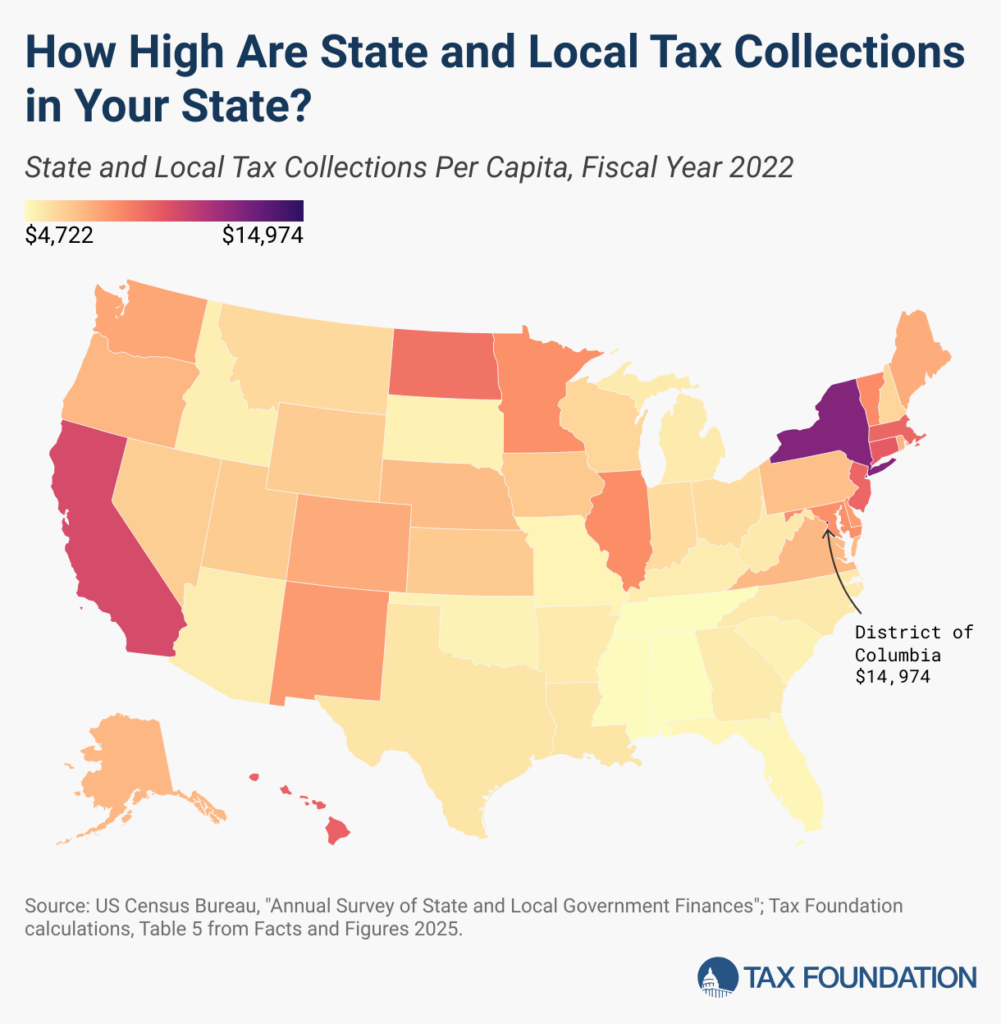(The Lion) — Blue states tend to spend more on education, but that doesn’t mean students perform better on standardized tests, a new report shows.
An analysis by the Kansas Policy Institute (KPI) found that states spending the most per pupil on public schools did not produce proportionally better results on national standardized tests. In fact, when measuring productivity – or “bang for the education buck” – blue states fared much worse than red states.
The analysis, which adjusted for cost-of-living differences among states, is based on 2023-24 school-year spending. It compares that spending to 2024 National Assessment of Educational Progress (NAEP) scores to calculate a productivity score – or cost per NAEP point.
In the rankings, states under solid Republican control (governor and legislative bodies) secured 12 of the top 18 spots.

At the other end of the spectrum, seven of the 10 lowest-ranked states were run solidly by Democrats, one by Republicans, and two were considered purple – with a split in party control of the governorship, house or senate.
“Once again, the data disproves the education lobby’s claim that spending more money is the key to achieving better outcomes,” said KPI President Dave Trabert. “For example, 27 states have the same or better NAEP composite as Kansas but spend less per student.”
A new report from the Tax Foundation found that blue states also carry the highest state and local tax burdens – and it’s not even close. Of the 16 states that collected more than the national average of $7,100 per person, only one – North Dakota – was Republican-led.

New York had the highest tax burden – exceeded only by Washington, D.C. – followed by California, Connecticut and Hawaii, all solidly blue states.
State and local taxes make up the bulk of public-school funding, with only a small portion coming from the federal government – reinforcing the tax-and-spend pattern in Democrat-controlled states.
Also noteworthy: 13 of the top 18 states in education productivity have passed broad school choice legislation. That includes 11 Republican-led states and the purple states of North Carolina and Arizona, both of which have Democratic governors. This supports claims that school choice policies often lead to improvements in public schools.
Of the bottom 10 states, only North Dakota has broad school choice, which the state just approved this year, so its impact is not yet reflected in the data.
In terms of per-pupil spending, only three Republican-led states – North Dakota, Wyoming and Ohio – exceeded the national average of $19,779. All three ranked in the bottom third for education efficiency, reinforcing the conclusion that more spending rarely correlates with better student performance.
The findings suggest a connection not only between school choice and improved academic outcomes, but also between school choice and increased financial responsibility in public education.
Among the many benefits of school choice – including greater parental control and more personalized learning – these reports add two more: lower taxes and better use of public funds.

